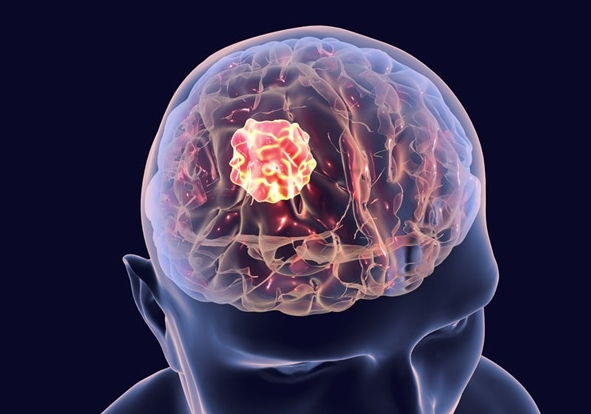Dementia is a condition where, the chronic decline in mental abilities, especially memory. The higher functions of man include memory, orientation in time and place, intelligence, reasoning, speech, self-care etc. Dementia implies an overall reduction in higher functions. Memory is usually the first to be lost but a loss of memory alone is amnesia. When memory is lost and he can’t recognize relations or look after his daily habits then the person is demented. The affected person may have problems in his routine. He starts getting confused when given too many things to do at one point in time. He may also become more aggressive. Dementia is a chronic illness. If a person is old, has a fever and then is confused that is not dementia.
Causes
The two commonest diseases causing dementia are a vascular disease of the brain (less blood supply to the brain) and a degenerative disorder called Alzheimer’s disease.
Several other rare degenerative diseases can also cause dementia. Perhaps more important are conditions that cause reversible forms of dementia: Reactions to medications such as those given for the treatment of hypertension, arthritis and certain neurological problems. Emotional distress caused by major life changes such as retirement, divorce or loss of someone dear.
Metabolic disturbances because of kidney or liver failure, pancreatic diseases or blood electrolyte imbalances. Endocrinal abnormalities such as hypothyroidism or adrenal gland abnormalities. A blood clot on the surface of the brain exerting pressure and causing a state of confusion
Diseases such as brain tumours, nutritional deficiencies, infections and problems of vision and hearing that may lead to conditions similar to dementia. Among infections, an important recent cause is HIV disease and the human variant of Mad Cow disease.
Symptoms
- Symptoms of dementia are short-term memory loss, inability to think through problems, inability to complete complex tasks without detailed instructions and confusion
- The person may have difficulty in concentrating for a long time and may show inappropriate or bizarre behaviour.
- He may get disoriented about time, people and places and may neglect personal safety, hygiene and nutrition.
- He may keep forgetting what he did recently whether he has eaten or not etc. Memory consists of 3 types immediate memory (remembering a phone number) short term memory and long term memory of past events.
- The last one is rarely lost so just because a person remembers what happened 20 years ago does not mean his memory is good. What he remembers of yesterday or today is more important.
How is the diagnosis made?
The the first step is to confirm the presence of dementia. This is done by examination and by asking questions about the day, date and month or subtracting one number from the other, telling something and checking after 5 minutes if that could be recalled.
The next step is to look for the causes of dementia given in the beginning by careful examination. An MRI or CT Scan will tell if the patient has diseases like tumour, stroke, clot etc. or may suggest degenerative disease by showing atrophy of the brain. Nowadays a test for HIV disease and syphilis should be done. Deficiency of thyroid function (hypothyroid) and deficiency of some vitamins especially B12 and Folate should be checked. Lastly one should be careful of Pseudodementia.
Treatment
Treatment includes a combination of medications, behavioural strategies and environmental interventions.
- An a person with dementia should be under the care of a neurologist and a psychiatrist. Care should be taken to prevent deterioration of the condition by controlling the blood pressure and monitoring and treating high blood cholesterol and diabetes.
- All treatable causes of dementia outlined before should be looked for and treated. Drugs may be prescribed to treat behavioural problems such as anxiety, depression, agitation or problems related to sleep
- A healthy, well-balanced diet may help in maintaining overall good health. Family members and friends may assist such people in their physical activities. They may assist in keeping them informed about the things happening around them by talking to them and giving them a patient hearing. It should be seen that their room is well lit and a proper temperature is maintained to avoid inconvenience to the person.
- Certain bold colours may be used to denote important areas in the room.
Efforts should be directed towards providing the maximum ease and comfort to the person so those behavioural problems are not aggravated.









